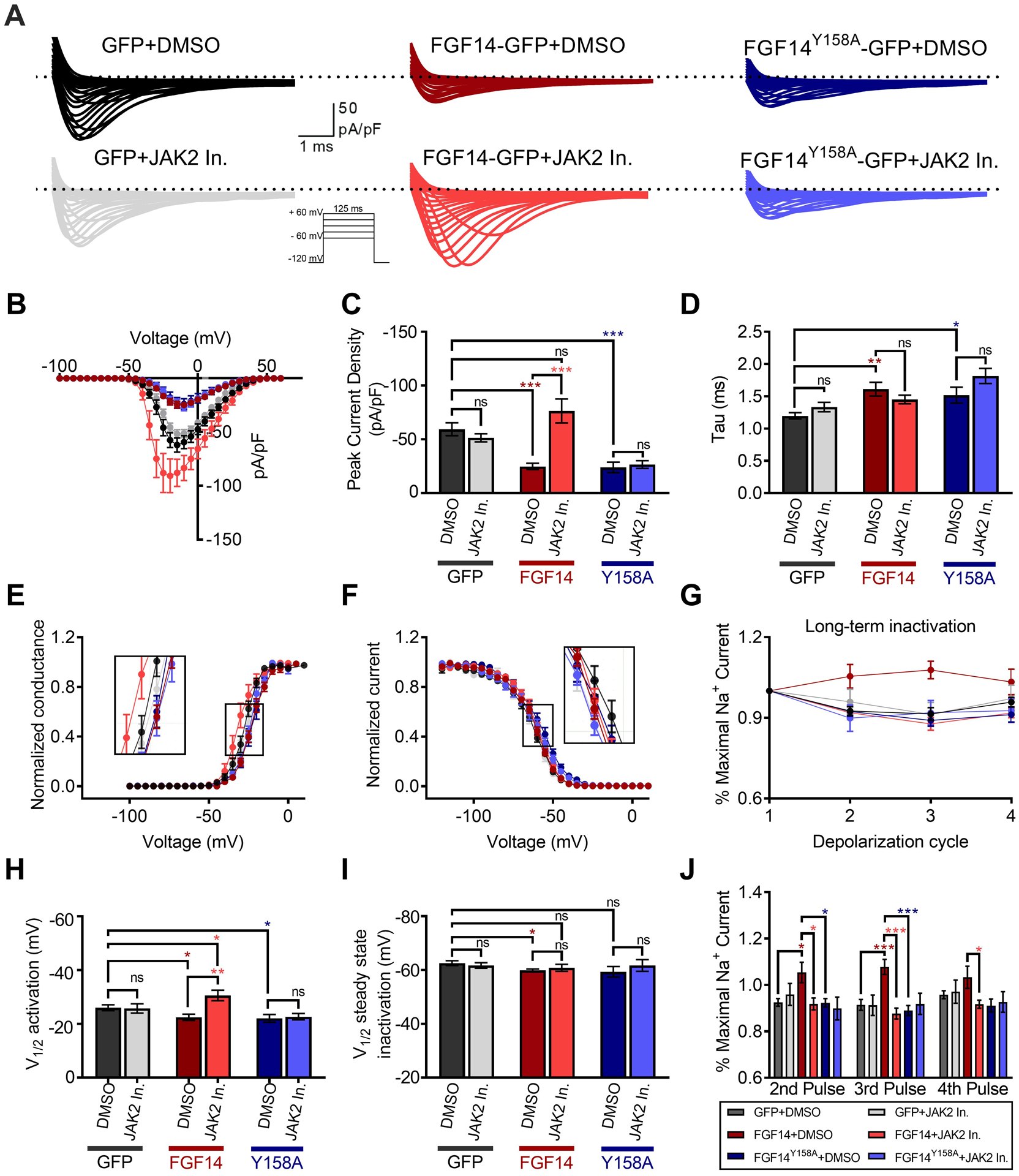Figure 7. Inhibition of JAK2 abolishes FGF14-dependent modulation of Nav1.6 currents.

(A) Representative traces of Na+ transient currents (INa) in response to depolarizing voltage steps recorded from HEK-Nav1.6 cells transiently expressing GFP, FGF14-GFP, or the FGF14Y158A-GFP mutant. Cells were treated with either the JAK2 inhibitor Fedratinib (20 μM) or vehicle (0.05% DMSO) alone. (B) Current-voltage relationships of INa from experimental groups described in (A). (C) Peak-current densities at −10 mV derived from A and B. (D) Tau of fast inactivation was calculated at the peak current density (−10 mV) from experimental groups described in A. Normalized conductance (E) and current (F) are plotted as a function of the membrane potential (mV) and were used to extrapolate the voltage-dependence of INa activation and steady-state inactivation, respectively. (G) Summary of percent maximal sodium current following four depolarizing pulses used to study long-term inactivation (LTI). Significance for each pulse is shown in panel J. Note that either inhibition of JAK2 or the FGF14Y158A mutation was sufficient to abolish the FGF14-dependent change in Nav1.6 LTI. Voltage of half-maximal (V1⁄2) of activation (H) and steady-state inactivation (I). (J) Mean normalized sodium current following depolarizing pulses represented in panel G. Data in B-J are mean ± SEM. Statistical significance between groups was assessed using Student’s t-test; ***, p<0.0001, **, p<0.001, *, p<0.05.
